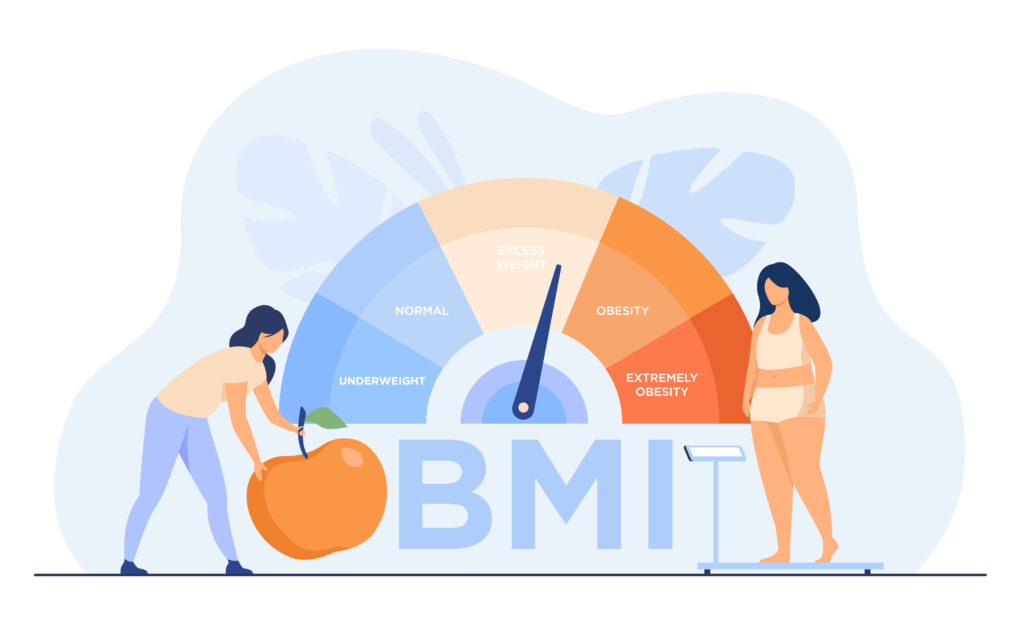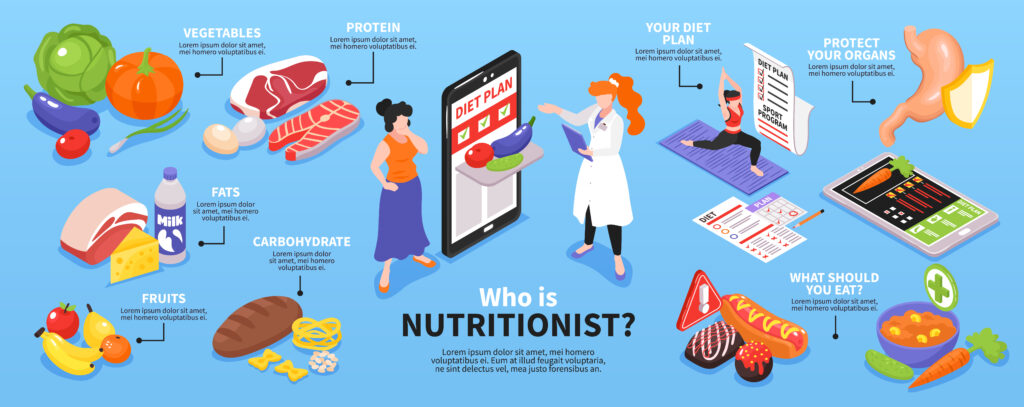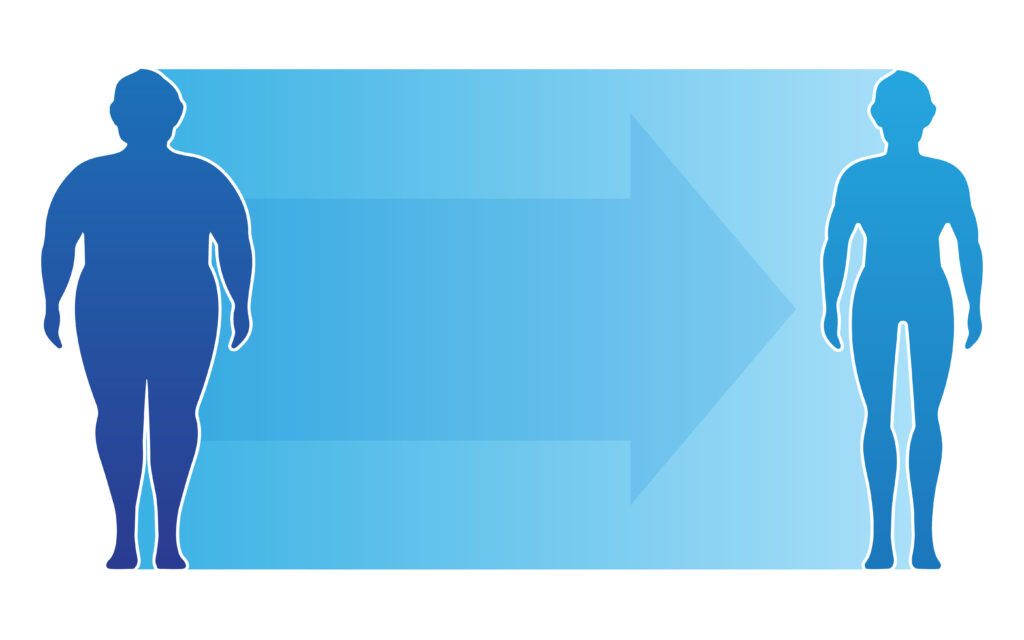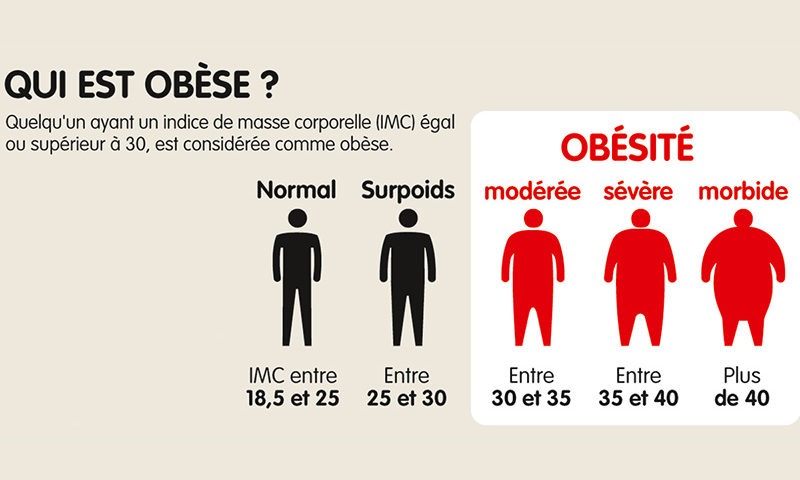
Did you know that 15% of adults have obesity ?
20 July 2017
Eating or not before doing sports?
20 July 2017Overweight and obesity are ailments that affect an increasing proportion of the population in recent decades. It is therefore important to calculate your BMI, in order to know where you stand. Discover in this article our BMI calculation tool. But also all our explanations on the results in order to understand what these figures mean.
How to calculate your BMI ?
What is the Body Mass Index ?
The BMI means in French: Indice de Masse Corporelle is also known in English as BMI which means: Body Mass Index. It is a measure used to evaluate body weight in adults. This tool allows to evaluate the health risks related to overweight or underweight.
Please note! This formula, which is suitable for both men and women, is not applicable to children, pregnant women and people over 65 years old.
Calculation tool :
Your BMI “IMC” is : .
What is the formula for calculating it yourself ?
BMI (index validated by the WHO) is calculated by dividing the weight by the size squared. Through studies, various steps have been established to identify areas at risk, including cardiovascular disease.
Example for an adult man :
weight: 98 Kg, height: 1,66 meters:
98 Kg / (166 cm x 166 cm) = 35.6
Interpretation of BMI calculation results
A BMI between 18.5 to 25 corresponds to a normal weight, the more the body size increases, the more the BMI increases.
A BMI greater than 30 is associated with an increased risk of cardiovascular disease and diabetes.
If your BMI is below 18.5, you are skinny, from a medical point of view. It may be necessary for you to get fat: to do this, you can make an appointment for a consultation with a dietician, who will give you the good advice to achieve your goal.
What are the different categories ?
| Normal | Overweight | Moderate Obesity | Severe Obesity | Morbid Obesity |
|---|---|---|---|---|
| 18,5 – 25 | 25 – 30 | 30 – 35 | 35 – 40 | + de 40 |

1 – BMI below 18.5: underweight
This body mass index (BMI) is too low: a pathology may be the cause of this weight deficit. Whether it is a physical or psychological problem, the best solution is to talk to your doctor. He or she will be able to examine you and look for the cause of this thinness. You should also know that a low BMI exposes you to a considerable number of health risks such as: osteoporosis, diabetes, anemia and other deficiencies, etc. It is therefore urgent for you to gain weight in a healthy and progressive way.
2 – BMI between 18.5 and 25: normal weight
For this range of results there are two cases: those below 20, and those above.
BMI between 18.5 and 20
Let’s say your BMI is between 18.5 and 20, then your weight is slightly low in relation to your height. If you are healthy, in a good mood and feel good. And if you are eating a sufficient and balanced diet, there is no problem. This represents your healthy weight.
However, if you feel tired, run down and lack energy while eating less and less, be careful! You should see a doctor to make sure you don’t have any underlying medical conditions that could be causing this weight loss.
BMI between 20 and 25
Your BMI is ideal if it is between 20 and 25. Congratulations! Maintain your eating habits by eating a varied and balanced diet while ensuring regular physical activity. These good habits will allow you to maintain your ideal body mass index and, above all, to enjoy optimal health.

3 – BMI between 25 and 30: overweight
Let’s say your BMI is between 25 and 30, this means that you are slightly overweight. It is important that you change your habits by establishing a healthy lifestyle. Exercise several times a week. And on the other hand, change your diet: choose healthy and balanced foods. Make sure you avoid all fatty and/or sugary foods. The consequences of a high BMI in the long term are dangerous for your health. It can lead to various diseases. If you don’t do anything about it, your BMI will continue to rise.
A BMI over 30 indicates obesity. Don’t hesitate to ask your doctor for help and consult a nutritionist to help you establish new healthy habits.

4 – BMI between 30 and 35: moderate obesity
What is obesity ?
Before developing the results concerning obesity, let’s first review its definition: medically speaking, obesity is an excess, an excessive accumulation of adipose mass, of fat in an organism. This excess can be detrimental to health and cause a number of cardiac, metabolic, respiratory and joint diseases.
Suppose your body mass index is between 30 and 35, then you are moderately obese. It is necessary to seek management. The risk of having diseases becomes important: diabetes, hypertension, cancer, etc.
In addition to healthy lifestyle measures such as physical activity and avoiding the consumption of fast sugars and fats. It is essential to follow an adapted diet: whatever diet you follow, it should preferably be established under the supervision of a specialized center.
5 – BMI between 35 and 40: severe obesity
If your BMI is between 35 and 40, then you are severely obese. The risks to your health make it imperative that you lose a few pounds because the risk of developing diseases increases dramatically.
It becomes imperative for you to walk at least 20 minutes a day and to walk up the stairs. If you also suffer from illnesses such as hypertension, diabetes, etc., it is essential that you are supervised regularly by a doctor. It is essential that you are regularly supervised by a doctor.
The latter – after establishing a dietary survey and a nutritional assessment – will suggest a set of diets to follow. The treatment can be carried out by an endocrinologist, a dietician or a nutritionist. The help of a psychologist may also be necessary and beneficial to help you reach your goal.

6 – BMI over 40: morbid obesity
If your BMI is over 40, then you are morbidly obese. This means that your life is threatened in the medium term and that the risk of developing cardiovascular diseases is extremely high. You are exposed to complications such as respiratory failure with alveolar hypoventilation, which can lead to death.
In this case, stronger therapeutic measures, including surgery, are required. This is an extremely interesting option but should be handled with great care. Our team of surgeons is at your disposal for any further information.

The limits of the body mass index
The BMI is a great tool that allows us to know in a few seconds to which weight category we belong, and thus to know if there are risks for our health. However, like any tool, the body mass index has its limits :
- in the case of dehydration, a low BMI can be visible.
- The BMI does not take into account the distribution of fluids (especially fluids that have seeped into the tissues) as it does for fluid retention. People with edema will therefore have a body mass index that is too high.
- BMI does not take into account the distribution of bone, muscle and fat mass. This means that different body types can have the same BMI.
- Professional (or high level) athletes and people who practice intensive weight training will have a body mass index that is too high. They will therefore be measured as being overweight, even though they are in excellent physical shape. This phenomenon is explained by the fact that the muscle mass is heavier than the fatty tissue.
- This tool is not suitable for very short or very tall people. The BMI will be too high in the first case and too low in the second.
- the body mass index does not specify where the harmful fat mass is located.
- BMI is not appropriate for all people. This includes children, pregnant women and people over 65 years of age.
Caution! If your body mass index results are “out of whack” or vary rapidly, it is important to have a nutritional assessment with a professional to understand the reasons for these results.
What you should know about BMI
Through this article you have discovered that BMI is a weight assessment tool :
- very simple to calculate: just divide the weight by the height squared
- the results are very simple to understand :
- a result lower than 18.5 corresponds to an underweight
- a result between 18.5 and 25 corresponds to a normal weight
- a result between 25 and 30 corresponds to overweight
- a score above 30 indicates obesity
- If your result is not within the normal weight range, it is important for you to consult a specialist and get help.
- The body mass index is a tool that has its limits. Indeed, it may not be suitable for all categories of people.
Nevertheless, the BMI remains a useful indicator recommended by specialists. If your body mass index seems abnormal and you wonder if you are overweight or obese, talk to your doctor. He or she will be able to help you interpret your BMI, prescribe additional tests (fat and sugar tests) if necessary, and advise you. You should know that there are solutions to lose weight, make an appointment with our specialists at the weight clinic.

Is your BMI too low or too high? Do you need help to deal with this situation? You can make an appointment with one of our specialists who will help you solve your problem. Our professional team at the DDG center in Brussels can be reached by phone at +32 (0)2 673 90 71 and will be happy to help you to finally get rid of your weight problems!




